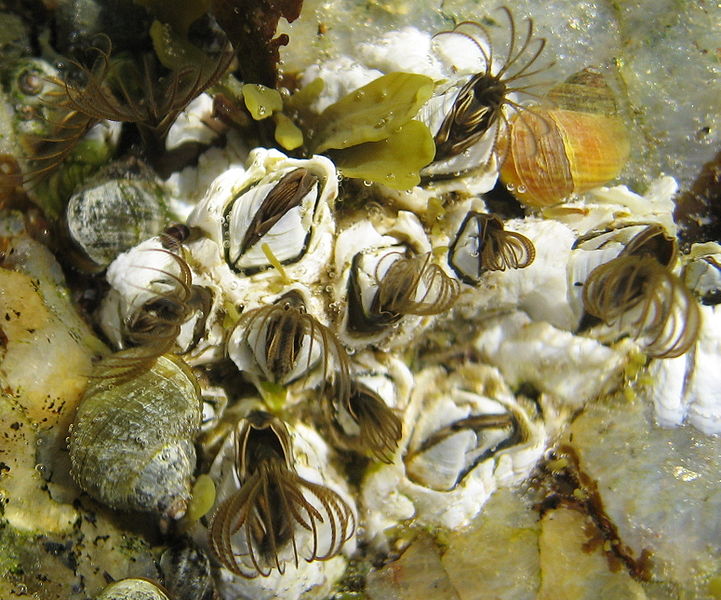For as long as there have been manmade boats and ships, there have been marine hitchhikers that have grabbed a ride, sticking onto hulls and causing trouble by increasing drag. Barnacles are the biggest problem and now scientists have uncovered the gene that stops them settling on surfaces painted with a potential new antifouling agent being trialled in the EU - a vetenary sedative called medetomidine.
 When free-swimming barnacle larvae encounter medetomidine it makes them hyperactive, kicking their legs and wriggling about so they don't settle down and turn into adults. When they swim off, the effect reverses, so the larvae happily move off to settle elsewhere. A research team led by Anders Blomberg from the University of Gothenburg have identified the gene responsible for barnacles sensing and responding to the chemical.
When free-swimming barnacle larvae encounter medetomidine it makes them hyperactive, kicking their legs and wriggling about so they don't settle down and turn into adults. When they swim off, the effect reverses, so the larvae happily move off to settle elsewhere. A research team led by Anders Blomberg from the University of Gothenburg have identified the gene responsible for barnacles sensing and responding to the chemical.
In the past, the main antifouling chemical was Tributyltin, or TBT, but in 2008 it was banned worldwide because of its persistent, toxic effects on marine ecosystems and possibly people too. So, the search has been on for a suitable alternative, and [medder-toe-midine] medetomidine was thought to be it.
But, lab studies published earlier this year by Anna Lenquist, also at the University of Gothenburg, identified possible ecological impacts this new antifouling agent might have including causing fish to loose their dark skin pigments, thus reducing their camouflage against predators, and affecting their livers.
While it's unclear just whether medetomidine will leach into the marine environment in significant quantities to have any impacts, this suggests that we need to tread carefully.
Hopefully understanding the molecular pathway that keeps barnacles at bay, should lead towards highly selective treatments that only affect these unwanted hitchhikers while leaving the rest of the marine world well alone.










Comments
Add a comment